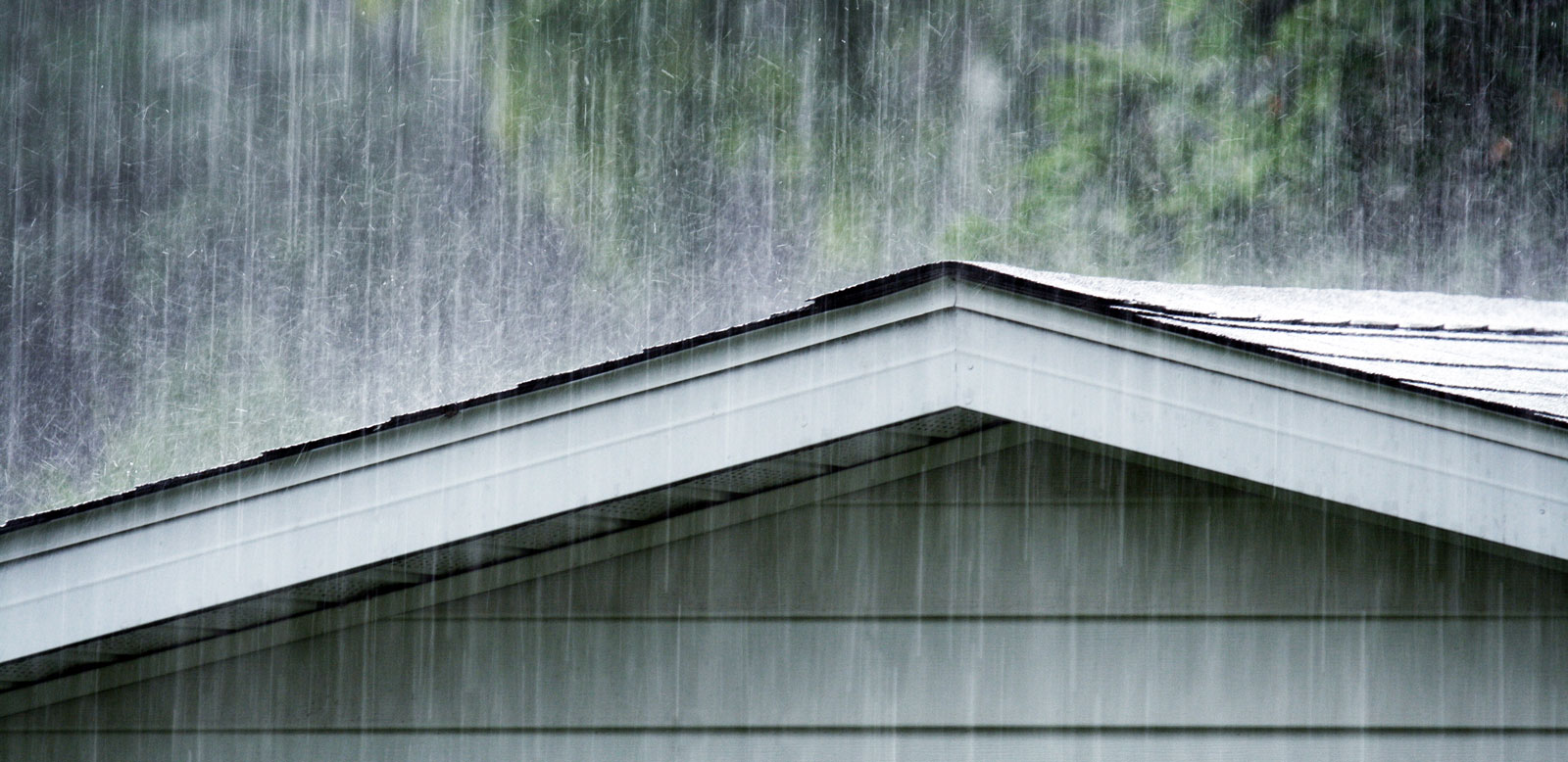
FORTIFIED roofing: Storm resiliency building criteria for your home or business
Get answers to your top question about FORTIFIED roofs
July 12, 2023 — Homeowner insights
A roof is the first line of defense against Mother Nature for your home or business.
But not all roofs are built to the same standards. Building code adoption and enforcement varies from state to state, even in the 18 states along the Atlantic and Gulf coasts most vulnerable to hurricanes.
FORTIFIED roofing systems provide a high quality, consistent standard of protection with requirements that address unique weather needs and a certification system that ensures standards are upheld.
When it comes to your home or business, a quality roof built to the FORTIFIED standard and the right insurance coverage will ensure your property is weather-ready. Without building code regulations for storm resiliency, protecting your home starts with you.
We’re answering the top five most common questions about FORTIFIED roofing to equip you with the knowledge you need to protect what matters most.
What is a FORTIFIED roof? FORTIFIED is an optional roofing system that goes beyond building code requirements designed by the Insurance Institute for Business and Home Safety (IBHS) for new construction and re-roofing projects. It is designed to strengthen residential properties and commercial buildings against weather-related events such as high winds, hurricanes, hail, and severe thunderstorms. FORTIFIED roof requirements can be applied to all roof types, from metal or tile to shingles, to make your property stronger.
What are FORTIFIED roof requirements? FORTIFIED roofs meet standards above building codes and have stronger edges, a sealed roof deck, better roof deck attachment systems, and impact-resistant shingles to protect homes from some of the most severe weather.
Any roof style can be FORTIFIED, but requirements for FORTIFIED vary based on location. Homes on the coast require different strengthening than those more prone to hail. There are three levels of certification: FORTIFIED Roof, FORTIFIED Silver and FORTIFIED Gold. Silver has all the components of FORTIFIED Roof plus some, and FORTIFIED Gold has all the components of Silver, plus some. Visit IBHS for a complete FORTIFIED roof checklist.
How much does a FORTIFIED roof cost? To meet FORTIFIED standards, roof installation must be upgraded from common building codes. With these improvements come additional costs to cover the materials and labor required to make roofs stronger. IBHS estimates suggest that these additional costs range between $1,000 and $3,000 for a 2,000-square-foot home.
Can I get a FORTIFIED roof insurance discount? Because FORTIFIED homes can withstand severe weather better than standard building codes, companies sometimes provide insurance premium discounts. Call your insurance specialist if you have questions about whether you could benefit.Premium reductions can be between 20% and 60%. In most cases, insurance companies require the homeowner to renew the designation every five years to receive the discount.If you experience a covered loss and your roof needs to be replaced, talk to your insurance company about premium reduction incentives to upgrade to FORTIFIED. Some insurance companies offer endorsements to upgrade to a FORTIFIED roof at the time of loss. Insurance is the best way to protect your home or business against severe weather — a FORTIFIED roof is next. If you’ve recently purchased a home and you’re wondering whether your roof is FORTIFIED, here’s what you need to know.
How do I know if my roof is FORTIFIED? FORTIFIED roofs receive an official designation from IBHS and a certificate. To receive a FORTIFIED designation, your roofer, builder, or contractor will work alongside a FORTIFIED evaluator to document and verify the entire construction process and confirm that the standards were met. FORTIFIED designations last five years and can be redesignated after that with an inspection. When you purchase a home with a FORTIFIED roof, be sure to ask the owners for a copy of the certificate. If your roof is FORTIFIED but you cannot locate your certificate, you can email IBHS to request a duplicate. If you’re ready to take the step and upgrade to FORTIFIED, be sure to work with a knowledgeable contractor.
How do I hire a FORTIFIED roofing contractor? Any licensed contractor can construct a roof to FORTIFIED standards. If it’s time to update your roof or you are building a new home, ask important questions before hiring a roofer, such as “Are you licensed, bonded and insured, and are you familiar with the FORTIFIED standard?” To locate a FORTIFIED roofer, visit IBHS and click on “Find a provider.” We hope you never have to replace your roof due to storm damage, but if you do, upgrading to the FORTIFIED standard can help you protect your home or business the next time Mother Nature strikes.
